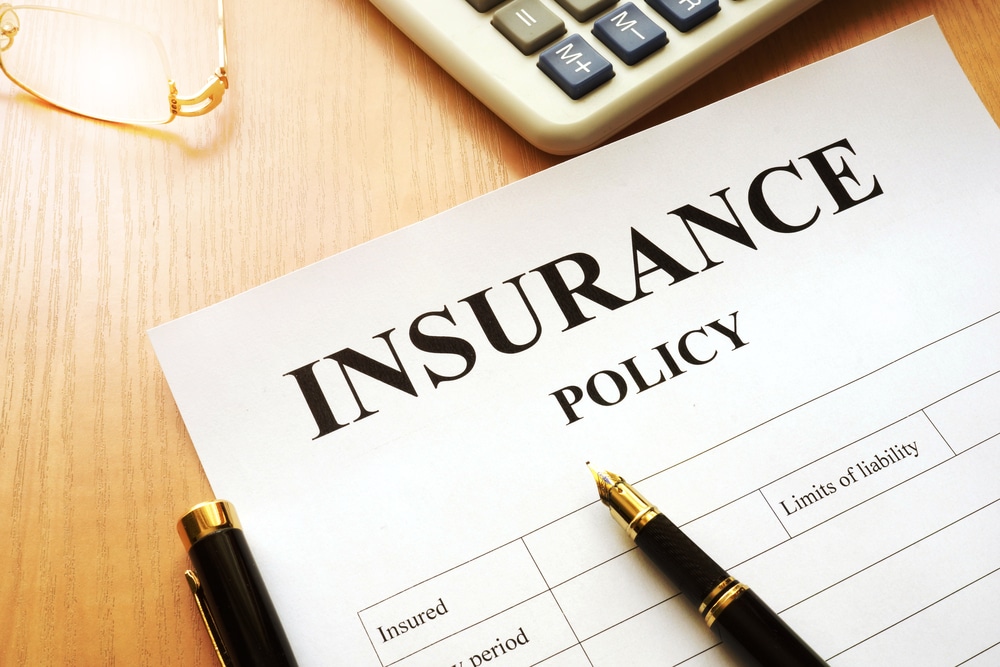What is a policy limit? At 770GoodLaw – Car Accident Lawyers, we understand that dealing with the aftermath of a car accident can be overwhelming. One crucial aspect that often confuses accident victims is understanding policy limits. This blog aims to clarify policy limits in Georgia and how they impact your potential compensation after an accident.
What Are Policy Limits?
Policy limits refer to the maximum amount an insurance company will pay out for a covered claim under an insurance policy. In the context of car insurance, policy limits define the maximum amount your insurance provider will cover for bodily injury and property damage resulting from an accident.
Minimum Policy Limits in Georgia
In Georgia, the law requires drivers to carry a minimum amount of liability insurance. These minimum limits are:
- $25,000 for bodily injury per person
- $50,000 for bodily injury per accident
- $25,000 for property damage per accident
These limits are often referred to as 25/50/25 coverage. It’s important to note that these are just the minimum requirements; many drivers opt for higher limits for better protection.
How Policy Limits Affect Your Claim
When you are involved in a car accident and file a claim, the insurance company will cover your expenses up to the policy limits of the at-fault driver. For instance, if you are injured and the at-fault driver has the minimum bodily injury coverage of $25,000, the insurance company will pay up to $25,000 for your medical expenses and other damages. If your damages exceed this amount, you may need to seek additional compensation through other means, such as filing a lawsuit against the at-fault driver.
Stacking Policy Limits
Georgia allows for the stacking of uninsured/underinsured motorist (UM/UIM) coverage, which means you can combine the coverage limits of multiple policies in certain situations. This can be particularly useful if the at-fault driver’s insurance is insufficient to cover your damages.
Why Higher Policy Limits Are Beneficial
Carrying higher policy limits provides better financial protection. In the event of a serious accident, medical expenses, lost wages, and other damages can quickly exceed the minimum coverage limits. Higher policy limits ensure that you are better covered and reduce the likelihood of out-of-pocket expenses.
What to Do If the At-Fault Driver Is Underinsured
If the at-fault driver’s insurance policy limits are not enough to cover your damages, you have a few options:
- Uninsured/Underinsured Motorist Coverage: If you have UM/UIM coverage, your own insurance can help cover the remaining costs.
- Personal Injury Lawsuit: You can sue the at-fault driver for the remaining damages. However, this can be a lengthy process, and there’s no guarantee of recovering the full amount.
- Other Assets: If the at-fault driver has significant assets, you may be able to claim against these assets to cover your damages.
Understanding policy limits is essential for anyone involved in a car accident in Georgia. Knowing the limits of your own insurance policy and the at-fault driver’s policy can help you navigate the claims process more effectively and ensure you receive the compensation you deserve. If you or a loved one has been injured in a car accident, understanding your policy limits is crucial to getting the compensation you deserve. Schedule a free consultation with 770GoodLaw – Car Accident Lawyers today and let us help you navigate the complexities of your case. Contact us now to protect your rights and secure the compensation you need.




Hello, Jack speaking. I’ve bookmarked your site and make it a habit to check in daily. The information is top-notch, and I appreciate your efforts.